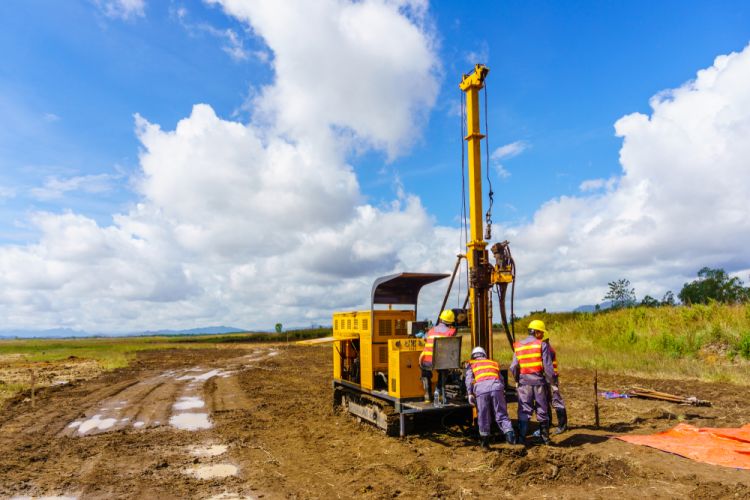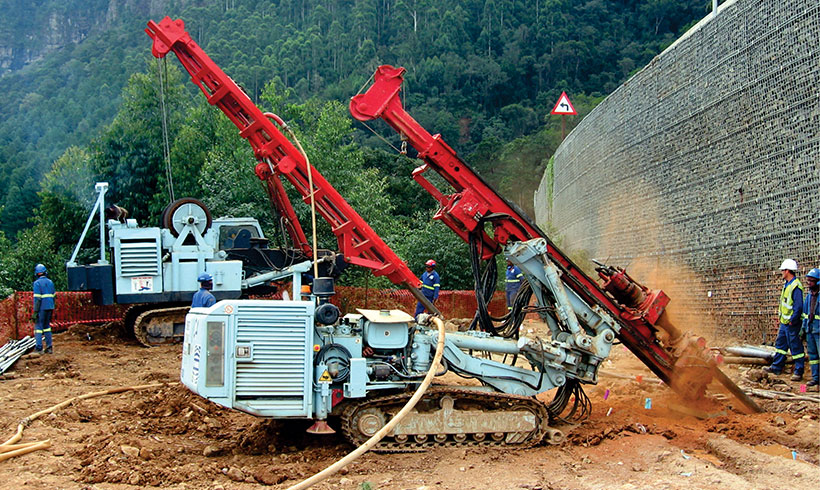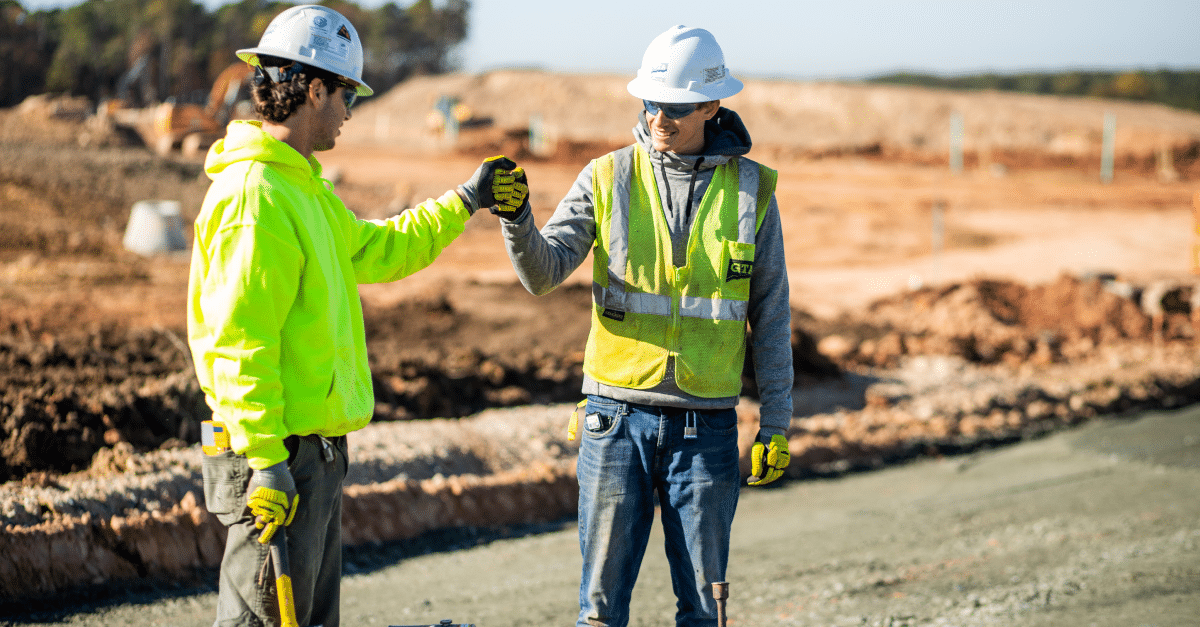Getting My Geotechnical Engineering For Construction Projects To Work
Getting My Geotechnical Engineering For Construction Projects To Work
Blog Article
The Only Guide to Geotechnical Engineering For Construction Projects
Table of ContentsGeotechnical Engineering For Construction Projects Fundamentals ExplainedThe Single Strategy To Use For Geotechnical Engineering For Construction Projects4 Simple Techniques For Geotechnical Engineering For Construction ProjectsEverything about Geotechnical Engineering For Construction ProjectsThe 7-Second Trick For Geotechnical Engineering For Construction ProjectsLittle Known Facts About Geotechnical Engineering For Construction Projects.
These features need to be taken a look at by geotechnical engineers to forecast their activities under different circumstances., making this evaluation essential.A geotechnical engineer will certainly take a look at soil to establish the bearing capability of the planet and recommend correct structure kinds, such as superficial foundations, deep structures like piles, or specialized solutions like drifting structures for soft soils. Understanding the attributes and actions of soil and rock, in addition to how they interact with constructions that have actually been erected on or within them, is one of the key explanations for why geotechnical design is essential.
Environmental protection is accomplished with geotechnical design. Proficiency in air, water, and soil high quality upkeep is put to make use of by geotechnical designers to decrease the negative impacts of jobs.
Framework advancement, offshore design, passage building and construction, and deep foundations. Risk-based design and multidisciplinary groups. These elements will certainly keep the area developing and ensure its continued value in the years ahead. To sum up, geotechnical design is an important discipline that preserves the strength and integrity of civil framework. Geotechnical designers add to making structure jobs effective around the world by comprehending the behavior of earth materials and applying suitable planning methods.
The Facts About Geotechnical Engineering For Construction Projects Revealed
The fundamental stability of any type of project is vital. Geotechnical design plays an important role in making sure that structures are improved strong ground, literally and figuratively. By checking out soil, rock, and subsurface problems, geotechnical engineers give vital insights that aid in the style, building and construction, and maintenance of structures and infrastructure.

The Only Guide for Geotechnical Engineering For Construction Projects
Laboratory testing: Determining the residential or commercial properties of soil and rock. Numerous high-profile construction projects have actually efficiently used geotechnical design to guarantee their security and safety and security.

As a leader in geotechnical engineering, BECC Inc. is committed to providing ingenious and efficient remedies that meet the greatest criteria of high quality and safety. To learn more on exactly how BECC Inc. can support your following building and construction task, contact us today and allow us assist you build on strong ground.
William Rankine, an engineer and physicist, established an alternative to Coulomb's earth pressure concept. Albert Atterberg established the clay consistency indices that are still made use of today for soil category. In 1885, Osborne Reynolds recognized that shearing reasons volumetric expansion of dense materials and contraction of loosened granular products. Modern geotechnical design is stated to have begun in 1925 with the magazine of Erdbaumechanik by Karl von Terzaghi, a mechanical engineer and rock hound.
The Greatest Guide To Geotechnical Engineering For Construction Projects
Terzaghi additionally created the structure for concepts of birthing ability of structures, and the theory for prediction of the rate of negotiation of clay layers as a result of debt consolidation. After that, Maurice Biot fully developed the three-dimensional soil debt consolidation concept, prolonging the one-dimensional design formerly developed by Terzaghi to more general hypotheses and presenting the set of fundamental formulas of Poroelasticity.
Geotechnical engineers investigate and figure out the residential or commercial properties of subsurface conditions and products.
Geotechnical Engineering For Construction Projects - Truths
, which utilizes a thick-walled split spoon sampler, is go to the website the most typical method to collect disrupted examples.

Typically, the interface's exact geometry is unknown, and a simplified user interface geometry is assumed. Finite slopes need three-dimensional designs to be examined, so most slopes are evaluated presuming that they are considerably large and can be represented by two-dimensional designs.
All about Geotechnical Engineering For Construction Projects
The empirical approach may be referred to as adheres to: General exploration enough to develop the harsh nature, pattern, and buildings of deposits. Evaluation of one of the most probable conditions and the most negative imaginable variances. Producing the additional info layout based on a functioning theory of habits expected under one of the most potential problems. Option of amounts to be observed as building and construction proceeds and computing their anticipated values based upon the functioning hypothesis under the most undesirable conditions.
Measurement of amounts and analysis of actual problems. Layout modification per actual conditions The empirical method is appropriate for building that has actually currently begun when an unexpected advancement takes place or when a failing or crash looms or has currently happened. It disagrees for projects whose layout can not be changed during construction.
Report this page